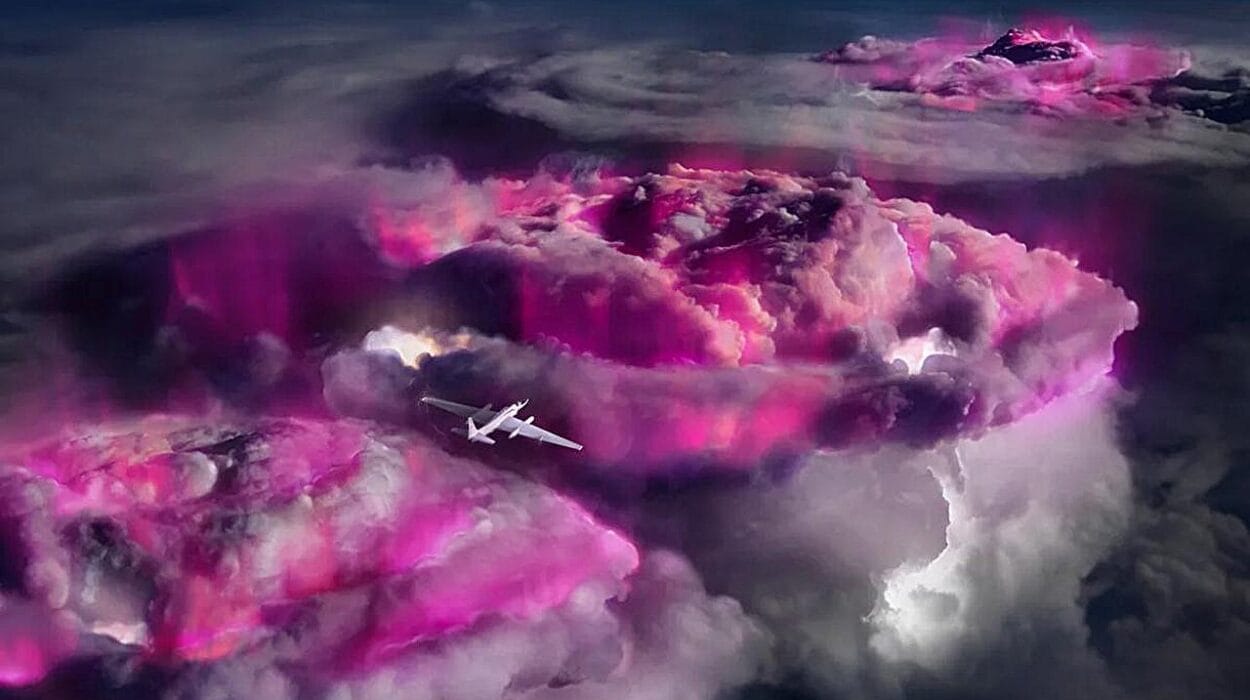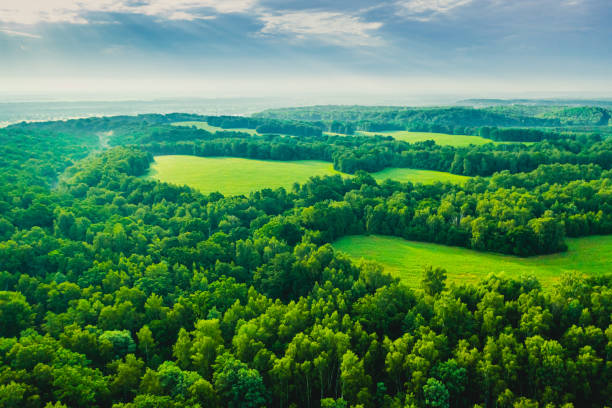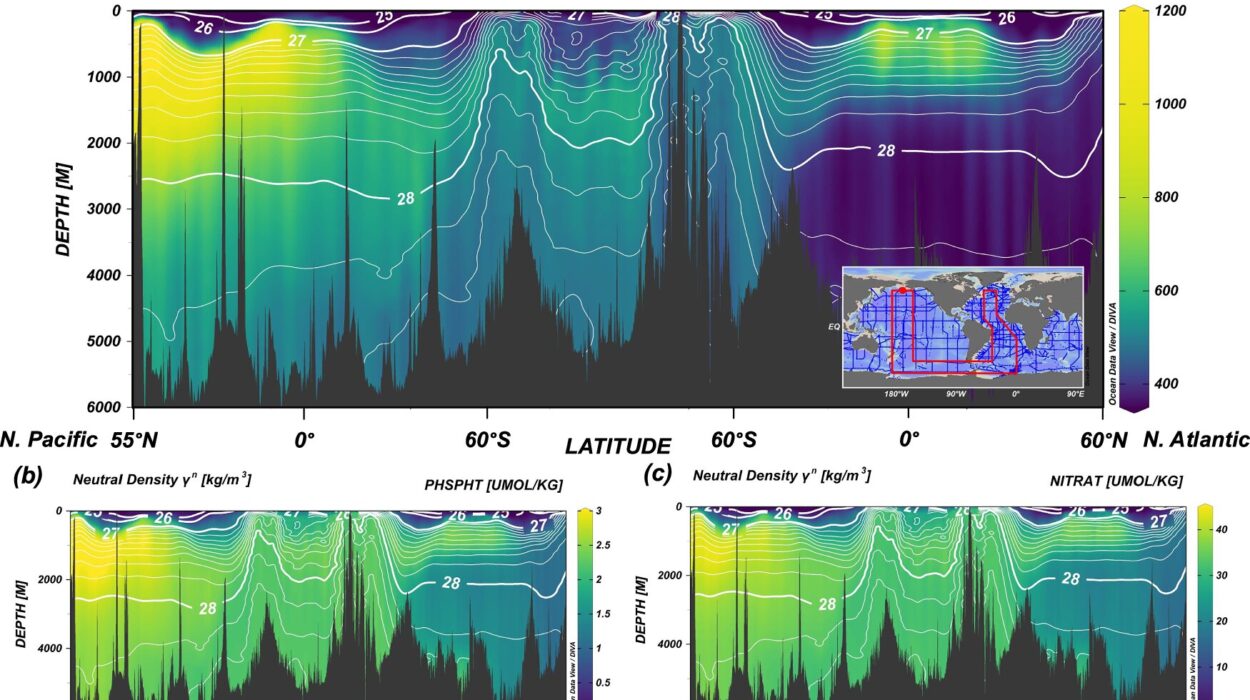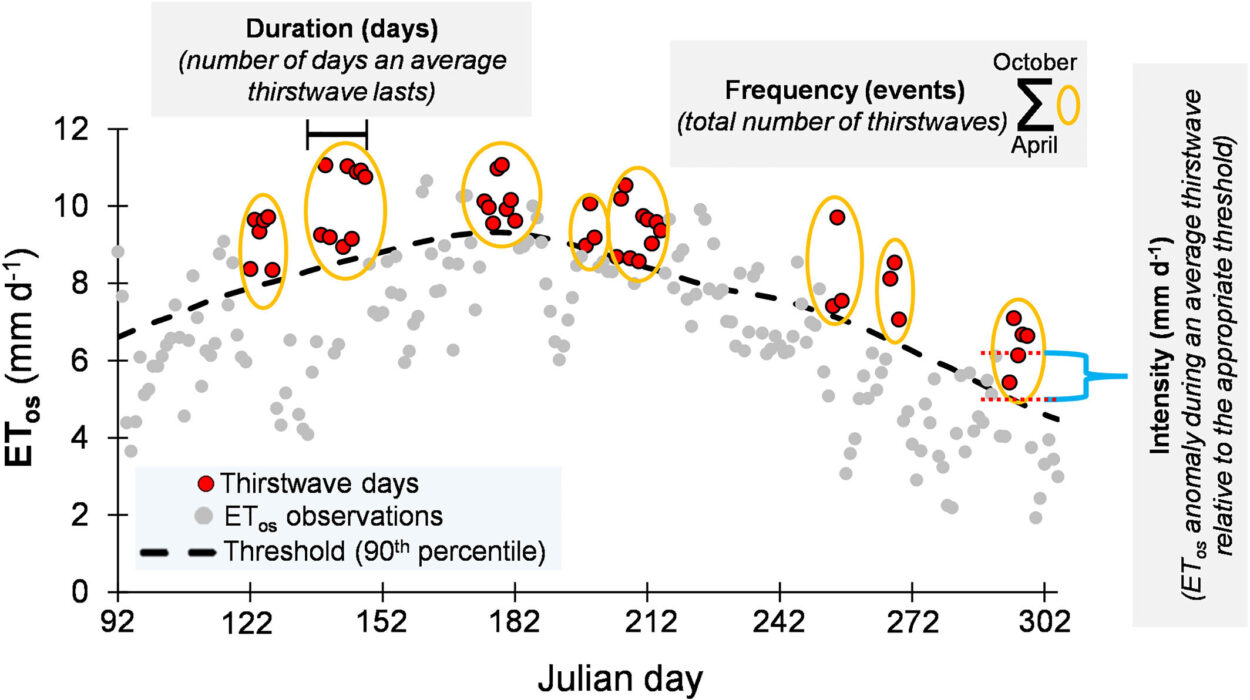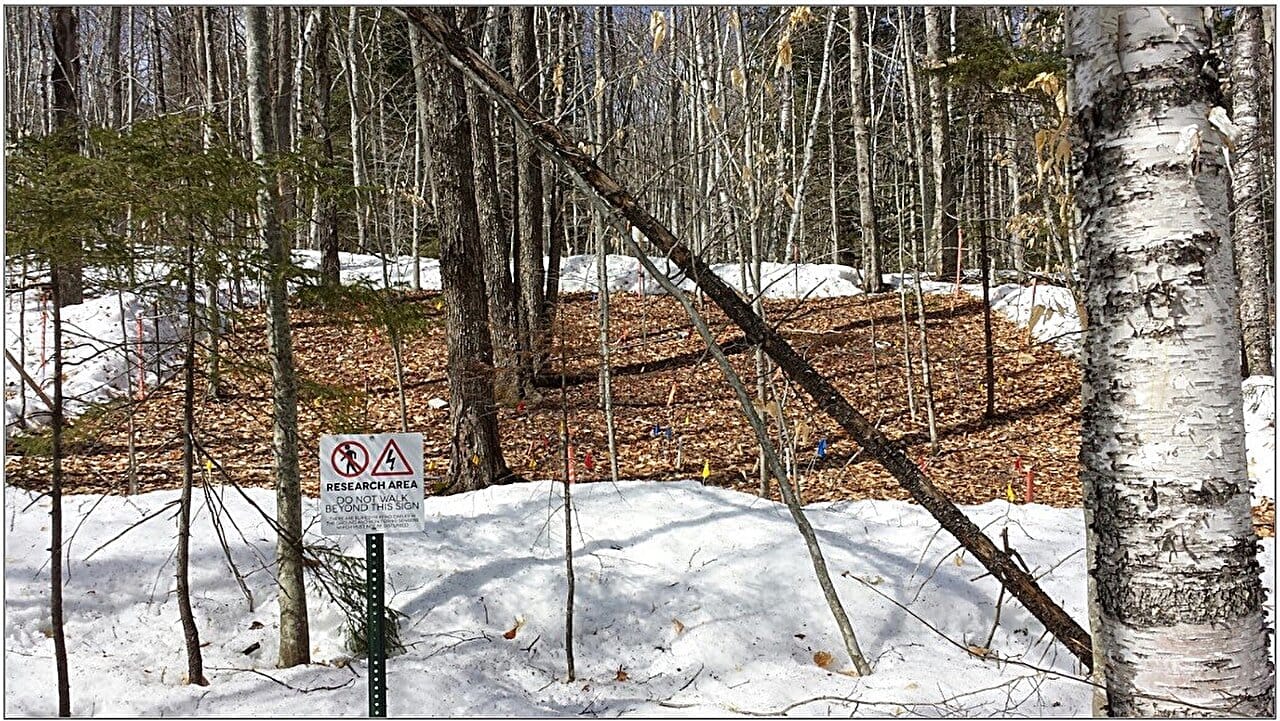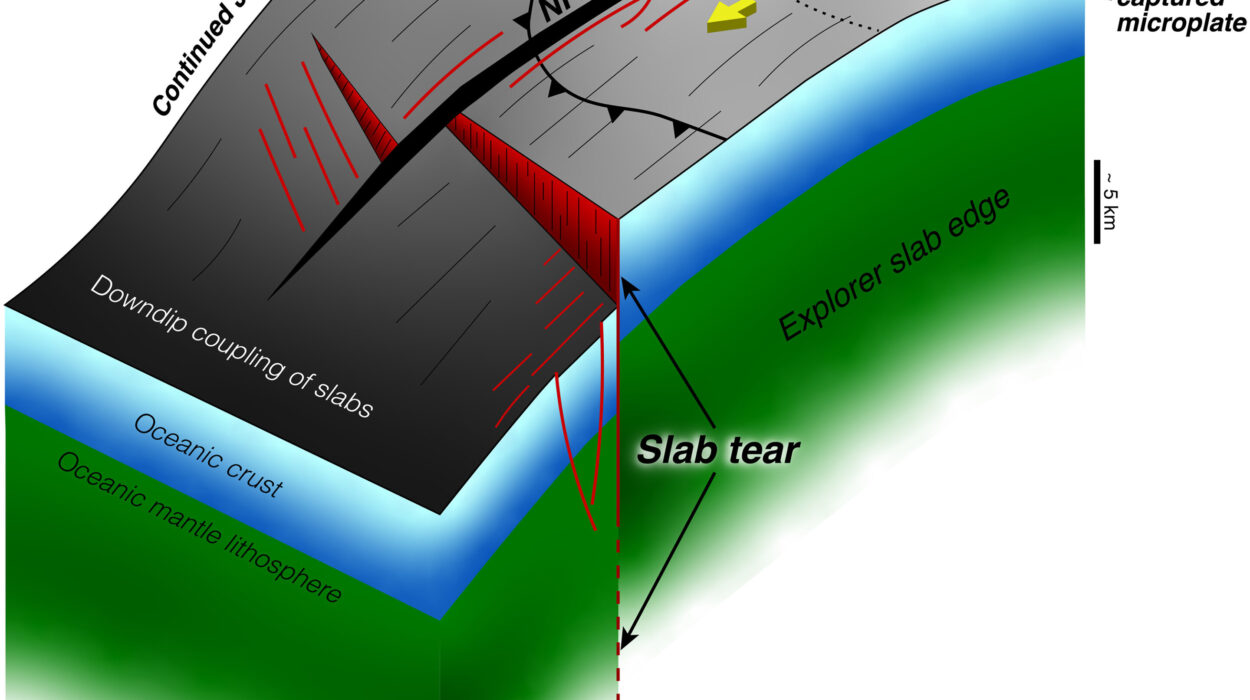Before the first breath, before the first heartbeat, before even the first flicker of complex life, there was water. Flowing, cycling, shaping, giving—water is the one true architect of life on Earth. Every drop we drink, every cloud we see, every river that carves through valleys and canyons is part of an endless voyage that began billions of years ago and never truly ends.
Water is Earth’s most vital resource—not just because we need it to survive, but because without it, the very concept of life becomes impossible. It is in our blood, our cells, our breath. It governs climate, sculpts continents, connects oceans, and links all living things in a common, liquid thread.
Yet, for something so essential, it is also astonishingly mysterious. Where did all this water come from? How has it stayed with us for eons? What journeys has it taken—through air, earth, and living bodies—across the lifespan of this planet?
To understand water is to understand life itself. This is the story of its incredible journey.
The Origins: Water from the Stars
Water did not originate on Earth. Long before oceans covered our planet’s surface, long before Earth itself was fully formed, water was already drifting through space. Hydrogen, the most abundant element in the universe, met oxygen deep inside ancient stars or during explosive stellar deaths known as supernovae. These cosmic forges created H₂O molecules which, over time, were incorporated into comets, asteroids, and space dust.
When the early Earth was bombarded by these icy visitors during a period known as the Late Heavy Bombardment, it inherited its first significant supply of water. Some water may also have outgassed from Earth’s interior via volcanic activity. Either way, by the time the crust cooled and stabilized, the planet was already beginning to shimmer with seas.
Those first oceans may have looked alien to us—hot, acidic, and turbulent—but they were the birthplace of something miraculous. In the watery cradle of ancient Earth, the earliest building blocks of life began to assemble. Molecules started interacting in complex ways, leading eventually to self-replicating systems—primitive cells—setting into motion the long biological evolution that would populate the Earth.
Water, the Shape-Shifter
What makes water so extraordinary is not just where it came from, but what it does. Unlike almost any other substance in the known universe, water behaves in ways that seem paradoxical—and perfect for life.
Its ability to exist in three states—liquid, solid, and gas—within the narrow range of Earth’s temperatures is no coincidence. As a liquid, water acts as the universal solvent, dissolving nutrients, transporting chemicals, and facilitating the reactions necessary for biology. As a gas, it moves invisibly through the atmosphere, distributing heat and moisture. As a solid, it floats—an almost magical property that prevents lakes and oceans from freezing from the bottom up, preserving aquatic life even in glacial winters.
Its molecular polarity makes it sticky, allowing it to cling to surfaces and pull itself up through soil and plant roots in defiance of gravity. Its high specific heat stabilizes temperatures on both micro and macro scales—from inside our bodies to across whole continents. It is a molecule that binds ecosystems, regulates weather, powers landscapes, and stabilizes climates.
Water is not just a substance. It is a system—a dynamic, responsive, and ever-changing participant in Earth’s equilibrium.
The Cycle: Water’s Endless Migration
The journey of water is never a straight line. It is a cycle—an ancient, continuous loop that has no beginning and no end. Every drop on Earth has traveled this cycle countless times: evaporating from oceans, forming clouds, falling as rain, flowing through rivers, soaking into soil, freezing into ice, or filtering down into subterranean aquifers.
This cycle—commonly known as the hydrologic cycle—is powered almost entirely by the Sun. Solar energy heats water in oceans and lakes, turning it into vapor. That vapor rises, cools, and condenses into clouds. When the droplets in those clouds grow heavy enough, they fall back to Earth as precipitation—rain, snow, sleet, or hail.
Once on land, water may take any number of paths. Some runs off quickly into streams and rivers, returning to the sea. Some sinks into the ground, replenishing underground reservoirs. Some is absorbed by roots, used by plants for photosynthesis, and then released back into the air through tiny pores in leaves.
This constant movement connects all parts of the biosphere—oceans, air, soil, plants, animals, and even us. The water you drink today may have once flowed through the Amazon River, frozen in an Arctic glacier, or drifted in the clouds above the Himalayas.
Water has no memory. But it has a history.
Water’s Role in Climate and Weather
No element on Earth plays a bigger role in weather and climate than water. The atmosphere, although invisible, is a vast ocean of its own, and water vapor is its most powerful greenhouse gas. As it absorbs and releases heat during evaporation and condensation, water drives winds, powers storms, and governs the global energy balance.
When the sun heats the tropics more than the poles, warm moist air rises, setting up global circulation patterns. Water vapor condenses into clouds, releasing latent heat that intensifies weather systems. Hurricanes, for example, feed off warm ocean water and can unleash energy on the scale of nuclear explosions per second—driven almost entirely by evaporating and condensing water.
On longer timescales, ocean currents—driven by differences in water temperature and salinity—act as global conveyor belts, moving heat around the planet. The Atlantic Meridional Overturning Circulation, for instance, brings warm water from the equator up to Europe, giving the continent its mild winters. A disruption in this current system due to melting polar ice could reshape climates worldwide.
Water is the climate’s steering wheel. Where it moves, heat follows. Where it stagnates, droughts or floods form. Understanding water’s role in climate is crucial for predicting the future of our warming world.
The Hidden Highways Beneath Our Feet
Not all water flows in rivers or falls from the sky. Much of Earth’s freshwater exists underground, stored in aquifers—layers of permeable rock, sand, or gravel that hold water like a sponge. These underground reservoirs supply drinking water for more than two billion people worldwide and support much of the world’s agriculture.
Yet, because they are hidden, they are often overlooked and overused. In many places, groundwater is being pumped far faster than it can be replenished. This leads to falling water tables, collapsing soils, and even land subsidence. Aquifers that took thousands of years to fill can be emptied in a single generation.
These invisible rivers are essential. They serve as backup during droughts, filters for pollution, and buffers against climate variability. Losing them would mean losing stability itself.
Frozen in Time: Ice and the Water Balance
At the planet’s poles and mountain peaks, water takes on its slowest, most stoic form—ice. Glaciers and ice sheets may seem frozen in time, but they are a critical part of Earth’s water cycle and climate system.
The ice of Greenland and Antarctica stores more than two-thirds of the planet’s freshwater. These frozen reservoirs reflect sunlight, helping to cool the Earth. But they are not static. With rising global temperatures, they are melting—some slowly, others alarmingly fast.
As ice melts into oceans, sea levels rise. This poses a threat not just to low-lying islands and coastal cities, but to global food systems, economies, and geopolitical stability. And as white ice is replaced with dark water, less sunlight is reflected, accelerating warming in a dangerous feedback loop.
Glaciers are also the source of rivers that nourish billions—like the Ganges, Indus, and Yangtze. When they disappear, entire civilizations may face chronic water scarcity. The melting of Earth’s ice is not just a symbol of climate change—it is a siren.
The Lifeblood of Ecosystems
Every ecosystem on Earth is shaped by the availability and movement of water. In rainforests, constant moisture drives incredible biodiversity. In deserts, life clings to every rare droplet. Rivers carve canyons, floodplains fertilize valleys, and wetlands filter toxins while sheltering wildlife.
Freshwater ecosystems—rivers, lakes, streams, and wetlands—cover just a fraction of the Earth’s surface but support a disproportionate share of its species. These habitats are the nurseries of fish, amphibians, insects, and plants. But they are also among the most threatened.
Pollution, damming, invasive species, and overuse have put immense pressure on freshwater environments. Entire lakes have disappeared. Rivers that once roared now trickle. The Aral Sea, once the fourth-largest lake in the world, has been reduced to a fraction of its former size due to reckless water diversion.
Every drop that flows through an ecosystem carries nutrients, transports sediments, and provides life itself. Where water disappears, life follows.
Water and the Human Story
Human civilization has always been shaped by water. Ancient cities formed around rivers—the Nile, the Tigris and Euphrates, the Indus. Agriculture flourished where irrigation was possible. Trade routes followed waterways. And wars have been fought over access to fresh supplies.
Even today, water is a major driver of conflict and cooperation. In some regions, scarcity is leading to tension between nations that share rivers or aquifers. In others, shared management of water resources has led to groundbreaking peace agreements.
In modern times, we’ve made enormous strides in controlling water. We’ve built massive dams, redirected rivers, irrigated deserts, and pumped aquifers dry. But in doing so, we’ve also altered the water cycle in ways we don’t fully understand. We’ve turned rivers into reservoirs and wetlands into wastelands. We’ve made water a commodity, rather than a birthright.
The challenge now is to learn from water—to mimic its resilience, its flexibility, its quiet power—and manage it in ways that are just, sustainable, and wise.
The Future of Water in a Changing World
Water is no longer just a concern for scientists and farmers. It is becoming one of the defining issues of our time. Climate change is making wet places wetter and dry places drier. Melting glaciers are altering river flows. Rising seas are salting freshwater wells. And global population growth is straining already stretched supplies.
But solutions exist.
New technologies in desalination, water recycling, and precision irrigation offer hope. So does the resurgence of ancient techniques—like rainwater harvesting and terracing—that once allowed civilizations to thrive in arid lands. Cities are beginning to rethink their relationship with water, building green infrastructure that mimics natural hydrology and restores ecological balance.
And on a personal level, awareness is growing. People are learning that water is not unlimited. That conservation is not inconvenience—it’s survival. That every small choice, from diet to landscaping to consumption, can ripple outward like a drop in a pond.
The future of water is not written yet. But it will be—by us.
The Eternal River
In the end, the journey of water is not just physical. It is also spiritual. Water flows through our myths and rituals, our poetry and songs. It baptizes, cleanses, heals. It symbolizes rebirth, forgiveness, and connection.
It has been here longer than we have. It will be here long after us. And yet, its fate is now in our hands.
To honor water is to honor life. To understand its journey is to understand our own. And to protect it is to ensure that the story continues—for rivers yet to flow, for forests yet to drink, and for children yet to be born into a world where water still whispers beneath their feet.
This is not just the story of water. It is the story of Earth.
It is the story of us.

